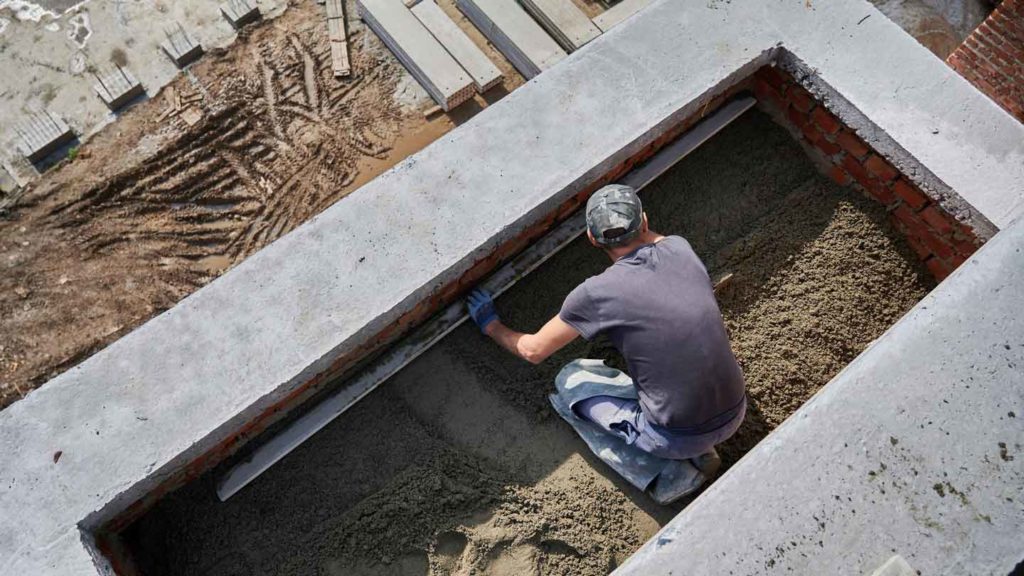Building a strong and durable structure starts with a solid foundation. Regarding framing foundations, several vital considerations are ensuring structural integrity and longevity. The suitable materials to implement proper techniques, every step matters.
Understanding and implementing these considerations can create a robust and stable base for any construction project. This blog post will explore five essential factors to remember when framing foundations. Continue reading before you look for a construction company near me.
Choosing the Right Materials
Choosing suitable materials for your framing foundation is paramount for a robust and long-lasting structure. The materials you select should possess durability, strength, and resistance to environmental factors.
Concrete, steel, and treated wood are popular among the standard options. Also, concrete is renowned for its exceptional strength and longevity, making it ideal for heavy-duty applications.
Its solid composition and ability to withstand immense pressure and weight make it suitable for foundations with substantial loads. Additionally, concrete provides excellent resistance against fire and extreme weather conditions, ensuring the stability of your structure for years to come.
Ensuring Proper Site Preparation
Before initiating the framing process, it is crucial to devote attention to proper site preparation. This step sets the groundwork for a stable and secure foundation, ensuring the long-term structural integrity of your building.
Commence by thoroughly clearing the designated area of any debris, rocks, or vegetation that could potentially interfere with the foundation’s stability. These obstructions can create irregularities in the soil and prevent the foundation from settling evenly.
Level the ground meticulously to eliminate any variations in height that could compromise the structural balance. Creating a smooth and level surface minimizes the risk of uneven settling or shifting in the future.
Implementing Sound Structural Design
The structural design of your framing foundation is a critical consideration that significantly influences its strength and stability. Collaborating with an experienced architect or structural engineer, like construction company near me, is highly recommended to ensure the design aligns with local building codes and regulations while meeting the specific needs of your project.
Factors such as anticipated loads, soil conditions, and potential environmental influences should be considered when designing the foundation. These considerations help determine the appropriate size, depth, and reinforcement needed to effectively support the structure’s weight.
The design should also account for potential hazards, such as earthquakes or high winds, which might require additional reinforcement measures. To enhance the strength and resilience of the foundation, incorporate reinforcement elements like rebar or steel beams. These reinforcements provide additional support and help distribute the load evenly, minimizing the risk of structural failure.
Proper Installation Techniques
Proper installation techniques are paramount when establishing a robust and reliable framing foundation. Attention to detail and adherence to industry best practices throughout the installation process contribute to the overall structural integrity of the foundation.
Begin by thoroughly familiarizing yourself with the manufacturer’s guidelines and recommendations for the specific materials you are using. These guidelines often provide valuable instructions on mixing ratios, curing times, and other critical factors influencing the material’s performance.
Regular Maintenance and Inspections
Once the framing foundation is in place, regular maintenance and inspections are necessary to ensure its strength and stability. Monitor for any signs of cracks, settling, or moisture intrusion. Promptly address any issues to prevent them from worsening.
Periodically check the condition of reinforcement elements and repair or replace them as needed. Keep the foundation clean and free from debris that could compromise its integrity. By conducting regular inspections and maintenance, you can identify and resolve potential problems early, preserving the strength and longevity of your framing foundation.
Accurate measurements and precise placement of materials are vital during installation. Even the slightest deviation can compromise the stability of the foundation. Take extra care to ensure the correct alignment of walls, footings, and other structural elements, as misalignments can lead to uneven loads and potential structural issues.
Conclusion
A strong and stable structure begins with a well-built framing foundation. By carefully considering the choice of materials, proper site preparation, sound structural design, correct installation techniques, and regular maintenance, you can ensure the durability and longevity of your construction project.
Investing time and effort into framing foundations with these critical considerations will provide a solid base that can withstand the test of time. Remember, a strong foundation sets the stage for a strong building.


